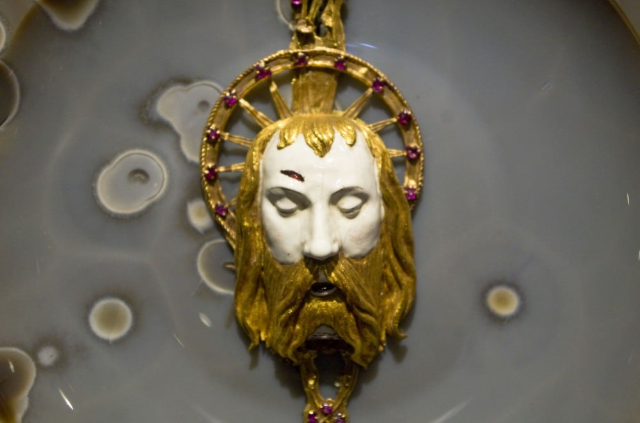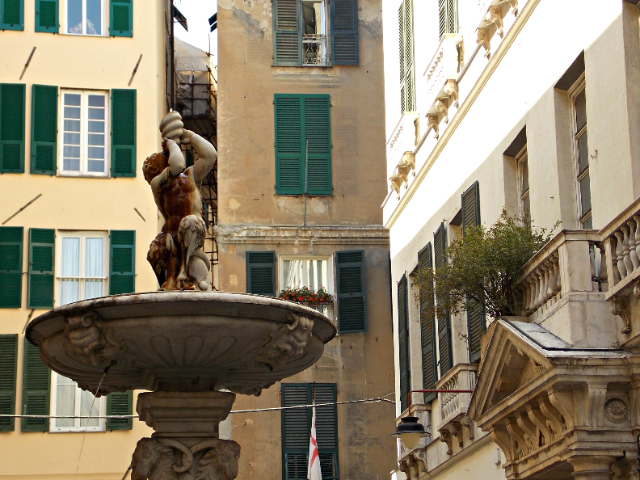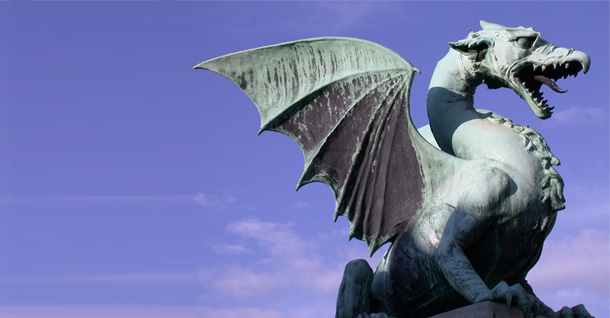The plate of St. John the Baptist is an object of extraordinary beauty and historical value preserved in the Museum of the Treasury of the Cathedral of San Lorenzo in Genoa. The dish is said to have been used to collect the saint’s head after his beheading, and is made of a Roman-made chalcedony from the first century AD, decorated with a frame and central head of 15th-century French workmanship.Genoa has a deep connection with St. John the Baptist, the city’s patron saint, and over the centuries various relics and objects related to the figure of the Baptist have been brought to the city. The piece was donated to the Protectorate of the Chapel of St. John the Baptist by Pope Innocent VIII, a member of the noble Genoese Cybo family, shortly before his death in 1492 as a sign of his attachment to the city.Since then, the plate has been kept in the Cathedral of San Lorenzo in Genoa, a city that is home to many devotees of St. John the Baptist. The Sagep Guide dedicated to the Treasury Museum provides a brief but comprehensive description of the piece, emphasizing its historical and religious importance. Ultimately, the St. John the Baptist plate represents a unique piece of Genoese history and is a valuable testimony to the city’s devotion to its patron saint.













